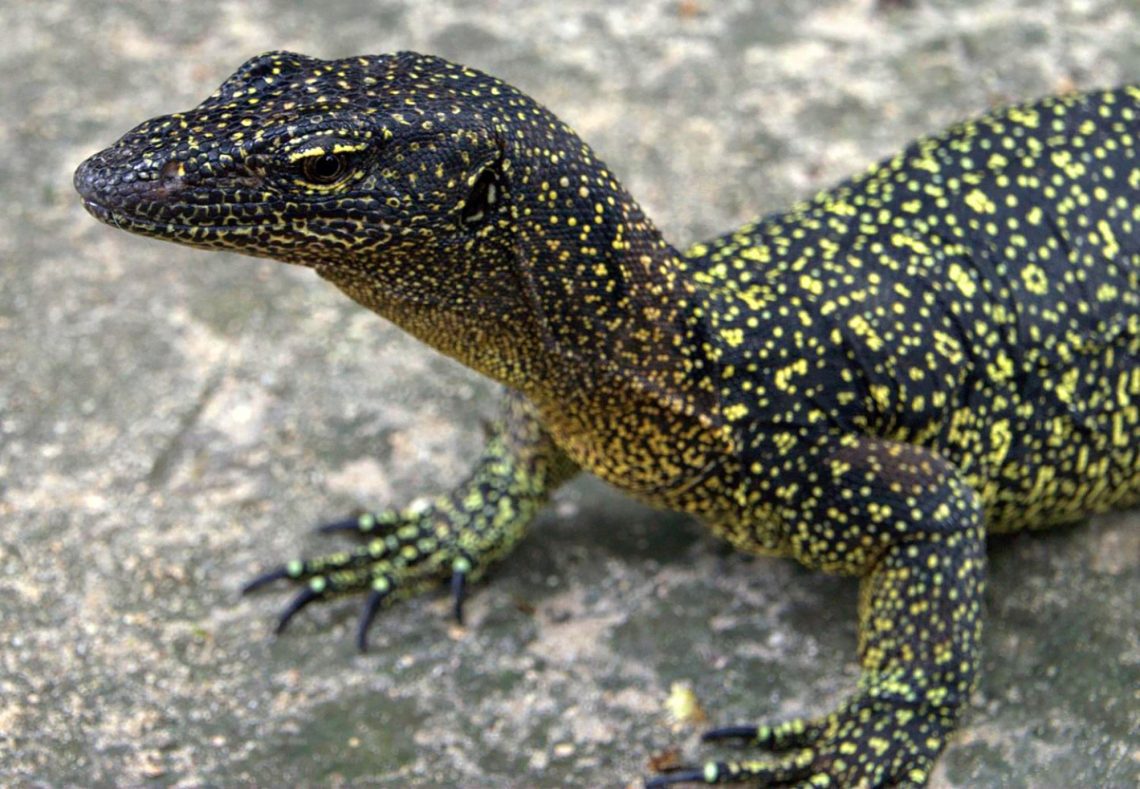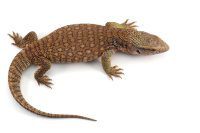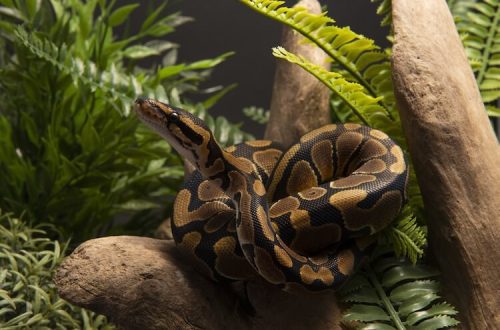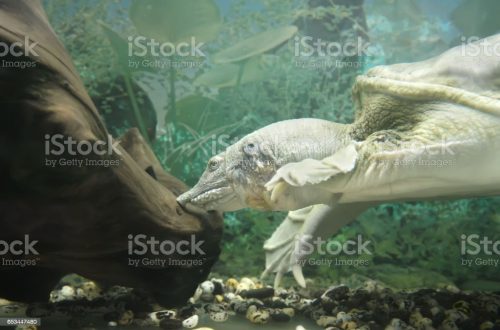
A brief excursion about the content of Cape monitor lizards at home
The Cape monitor lizard is the most suitable species for keeping at home. He is the most sociable, easier to tame than other monitor lizards. Very few terrarium keepers know the important aspects of caring for pet dinosaurs.

The range of the Cape monitor lizard is West Africa (Sudan and the Republic of the Congo). It is a tropical and semi-tropical region with a variable climate. It can be both dry and wet, especially when it becomes very rainy in their habitats. The level of activity of Cape monitor lizards directly depends on the season. So, for example, at high humidity monitor lizards are especially active, while in the dry season there is no food and they practically do not consume it. The conditions that must be created in the terrarium directly depend on these climate features.

Content in the terrarium
The Cape monitor lizard is a terrestrial reptile, so a horizontal terrarium is suitable for it.
The length of the terrarium should ideally be one and a half to two monitor lizard lengths; On average, an adult individual reaches 120-130 cm. Please note that the monitor lizard, standing on its hind legs, should not reach the lamps, as they can rip them off. The terrarium must have a 10.0 UV lamp, as well as a heating lamp. There should be a place where the monitor lizard will get the opportunity to warm up the body to 40C (!!!) and a shaded cooler corner. High temperature heating is very important for monitor lizards to prevent the development of gout. Night temperature should not fall below 24C.
Ground
Many sources recommend keeping the monitor lizard on a thick layer of earth. Ideally, if the monitor lizard can dig a hole for himself there according to his size. The presence of shelter will allow him to feel relatively safe. Monitor lizards can also be kept on the processed and flat bark of trees with the addition of sphagnum, which will maintain the desired level of humidity.
Daily spraying of sphagnum in a terrarium is desirable. Be sure to have a bathing suit of such a size that the monitor lizard fits completely into it. Almost all monitor lizards relieve themselves in a pond, so it is necessary to monitor the purity of the water every day. you can bathe capiccha in a bath with water at room temperature.
Required humidity
About. we figured out what needs to be maintained to maintain a certain humidity in the terrarium. Now an equally important question is how to feed your monitor lizard in a variety of ways? Due to the fact that many owners do not warm up their monitor lizards, and also give them monotonous food – most often only rodents, we have a sad picture – obese and dehydrated Cape monitor lizards, like the rule is very sluggish, and, unfortunately, short-lived.
Cape monitor lizard feeding
In nature, the Cape monitor lizard hunts mainly for invertebrates, and therefore its diet consists almost exclusively of large insects and snails found during the day while it hunts.
The food base of monitor lizards is very diverse: various types of cockroaches, locusts, all types of crickets, mollusks, squids, octopuses, mussels, snails, mice, rats.
Babies are fed every other day, adolescents three times a week, adults once a week or one and a half. Much depends on the type and size of the food object. Adult monitor lizards can be given large cockroaches, locusts, large snails plus seafood. The number of rodents must be kept to a minimum, as this is a very heavy food and the monitor lizard will not live on it for a long time. You can offer monitor lizards chicken hearts – they are practically fat-free. At the same time, those monitor lizards that are on an insectivorous diet must also receive calcium without fail. Subject to all conditions, competent socialization and quality care, you will receive a healthy, contact, active and interested in life pet as a pet.





